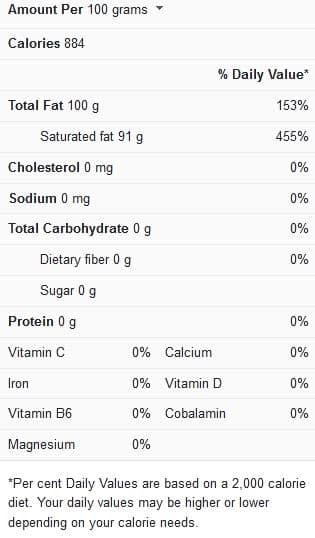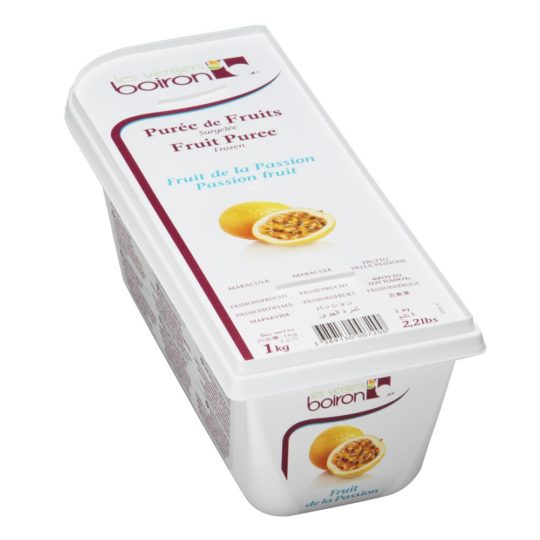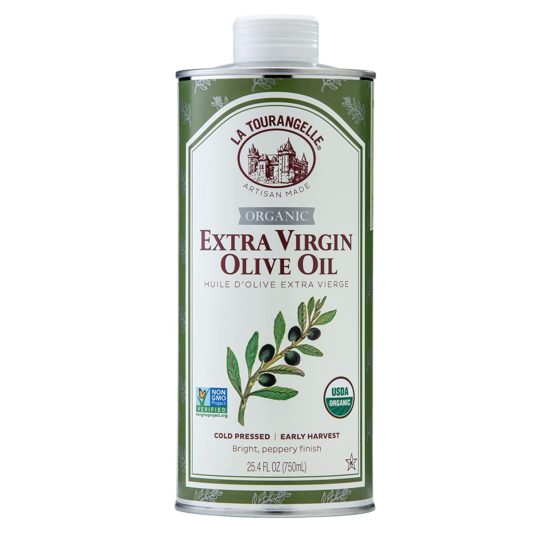Updated on January 23rd, 2025
For the baking newbies (and anyone else that is generally clueless), shortening is a term that refers to any fat that is solid at room temperatures, such as butter, margarine, and lard. Shortening is popular in baking because it gives baked goods a highly coveted crumbly, soft, and flaky texture.
Shortening has, however, fallen out of favor in recent decades due to its high trans fat level. And even though shortenings have been modified to exclude harmful fats, some individuals are still concerned about the safety of using them in baked goods. Therefore, it is essential to consider exploring healthier options that replicate its functions in baking procedures.
This article has suggested these options for you, putting forward the most healthy alternatives that won’t produce such a significant difference in your results. Find out what exactly makes an excellent substitute for shortening, as well as how to make the right choice for the best results in your recipes.
Shortening Nutrition Facts

What is Shortening?
Any fat that is solid at room temperature and is used to make crumbly pastry and other culinary products is known as shortening. Shortening can be produced from animal fat or vegetable oil. However, today, most of the market’s shortening is made from vegetable oils such as soybean, cottonseed, or palm oil. Although butter is solid at room temperature and is regularly used in pastry, shortening is rarely called butter.
Shortening gets its name because it makes the food crumbly or behaves as if it had short fibers. Cross-linking between gluten molecules is prevented by solid fat, and this cross-linking would provide elasticity to the dough, stretching it into longer sections.
Shortening is used to achieve the desired texture in pastries such as cake, which should not be elastic. The effect in baked recipes is a crumbly, soft, and flaky feel.
Uses of Shortening in Recipes
The name “shortening” comes from the fact that it causes the gluten fibers in the dough to become shorter. Shortening breaks up the gluten fibers and makes a “short dough.”
In baking, shortening makes products crumbly, flaky, and soft. Because it contains 100 percent fat instead of 80 percent fat butter and lard, shortening produces delicate cakes, cookies, and pie crusts.
Popular recipes that typically include shortening are listed below:
- Buttercream
- Cinnamon muffins
- Peanut butter blossoms
- Zucchini bread
- Oatmeal cookies
- Buttery, flaky pie crust
- Thin crust pizza
- Chocolate chip muffins
- Buttermilk biscuits
- Peanut butter balls
- Pineapple upside-down cake
- Peanut butter cookies
- Chocolate chip cookies
- Easy fudge brownies
- Crisco brown sugar cookies
Healthy Substitutes for Shortening
Something about crumbly and soft pastries makes you want to eat your fill and then eat some more. The desirable soft and crumbly texture is made possible by the inclusion of shortening, and naturally, many people prefer to include it in their recipes.
However, if you are generally health-conscious, frequent shortening usage and consumption might not be the best idea due to elevated trans fat content. Therefore, it is ideal to consider using other healthier alternatives for shortening.
We have suggested some of such options for you below:
Fruit Purees

When required in a recipe, shortening can be replaced with banana puree, applesauce, or prune purees. Even if the flavors are slightly different, they are delightful new options that you may grow accustomed to.
Blueberry muffins can be moistened with unsweetened applesauce, while prune puree can give brownies a chewy texture without affecting the chocolate flavor. In banana muffins or bread, the banana puree can be used in place of shortening.
Experiment with your recipes to see if you can replace 1 cup of shortening with 1 cup of fruit puree directly or if you need to add small quantities of healthier margarine to get the same results.
Olive or canola oil

To sear meats or stir-fry veggies, use olive or canola oil rather than heated shortening to fry fish, chicken, or batter-dipped cheese sticks. This is a considerably healthier option, at least compared to most shortening commercially available.
Although olive and canola oils have higher healthy fats, they still comprise roughly 240 calories per 2 tablespoons and 1,900 calories per cup. When sautéing veggies for pasta or rice dishes, use the least oil possible and don’t entirely submerge vegetables or meats in oil.
Margarine

Use plant-sterol enhanced margarine in place of shortening when preparing a pie crust, biscuits, or muffins. According to scientific research, plant sterols can significantly aid in the reduction of cholesterol levels. For example, a tablespoon of plant-sterol margarine spread contains 50 calories and 5.4 grams of fat, most of which is made up of polyunsaturated and monounsaturated fats with less than 1 gram of saturated fat. As such, this is a healthier option compared to shortening.
However, the higher water content of margarine may impact the texture of your baked items. Therefore, it is advised to experiment with half plant-sterol margarine and half standard baking margarine in place of the shortening until you discover the correct balance.
Frequently Asked Questions (FAQs)
Which is healthier, butter or shortening?
Shortening has a lower nutritional value than butter, and however, the type of fat you employ impacts the ultimate product’s nutritional value. While both butter and shortening have similar nutritional profiles, butter contains more vitamins and is free of trans fats.
Can I use vegetable oil instead of shortening?
Vegetable oil can be substituted in recipes that call for melted shortening. If you use vegetable oil instead of shortening in recipes like pie crust, biscuits, or scones, the dough will not puff up properly because pockets of fat will not form.
Are cookies better with shortening or butter?
If you bake cookies with butter long enough, they will spread out more and become flatter and crispier. On the other hand, shortening-free cookies have a more robust flavor, and shortening makes cookies taller and softer, but they lack flavor.
Conclusion
Shortening is a household staple, popular among bakers for its unique effects on baked goods. It can be incorporated into many recipes, especially in baked food items, but when it comes to a heart-healthy diet, shortening contains substances that should be avoided.
Eliminating some of the fat and calories associated with the use of shortening is possible. Simply learn to incorporate the healthier alternatives we have suggested into your recipes for the best results.